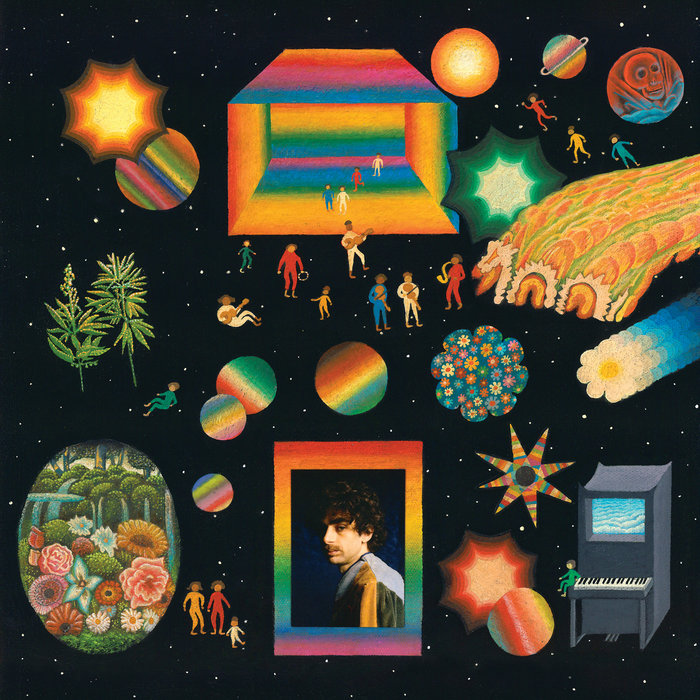
Nome de Deus – Sessa
this blog is GROOVY – check out great Soul, Funk, Jazz, Hip Hop, Bass, Breaks , Reggae, House n many more TUNES
Welcome to the smooth world of Bossa Nova, where the samba meets jazz and the sun-kissed beaches of Rio de Janeiro become the backdrop for one of Brazil’s most iconic musical movements. Let’s take a chill stroll down memory lane, groove through its history, and uncover some quirky tales about its legendary figures.
Bossa Nova literally means “new trend” in Portuguese, but it’s so much more than just a label! Emerging in the late 1950s, this genre was a fusion of samba rhythm and jazz harmonies. Picture it: groups of young musicians gathering in living rooms with guitars, fueled by passion and innovation. They were all about giving samba a new twist—smooth melodies that made you want to sway your hips rather than just tap your feet.
Antônio Carlos Jobim, often dubbed the father of Bossa Nova, composed some timeless classics like “Garota de Ipanema” (The Girl from Ipanema). His tunes have that perfect blend of melancholy and romance—a soundtrack for lazy beach days or candlelit evenings.
Another big name? João Gilberto! He’s credited with introducing that laid-back guitar style known as “violão” technique; think soft strumming intertwined with complex rhythms. If you ever find yourself bobbing your head while listening to him play, don’t be surprised—it’s practically impossible not to!
By the early 1960s, Bossa Nova had cruised across borders faster than a girl on roller skates at Ipanema beach. It caught fire internationally when American musicians began incorporating its styles into their own grooves. Folks like Frank Sinatra took notice—he even recorded an entire album called Francis Albert Sinatra & Antonio Carlos Jobim! Talk about cross-cultural jams!
Funny fact: In his quest for authenticity while working on this album, Sinatra once found himself asking Jobim how many shots he needed before getting his Brazilian vibe right! Spoiler alert: less is more when it comes to capturing those mellow sounds!
Let me hit you with some fun quirks about our favorite Bossa nova artists:
João Gilberto’s Magical Bathroom Voice – Rumor has it that João used to practice singing in his bathroom because he believed it had perfect acoustics! So next time you’re belting out tunes while brushing your teeth—just remember who inspired you.
Tom’s Love Life – Antônio Carlos Jobim wrote many songs inspired by women who captured his heart—but here’s where it gets amusing: He famously said he often ran out-of-ink writing love letters because there were just too many muses!
Vinicius de Moraes’ Party Animal Side – Vinicius wasn’t just a poet; he was also quite the partygoer! Known for hosting wild bashes filled with music and laughter—all guests required an invitation via poem or song (now that’s something we can get behind).
The Unlikely Connection – Did you know that American saxophonist Stan Getz became such an important figure in popularizing Bossa Nova? People say Stan only learned Portuguese so he could flirt better with Brazilian women during recording sessions—which makes listening to him even sweeter knowing he’s serenading ladies across languages!
As decades rolled by, Bossa Nova saw transformations while still keeping its essence intact:
Fast forward today—you’ll hear echoes of these lilting melodies influencing various genres from hip-hop beats to electronic vibes.
Today’s artists are redefining what constitutes “Brazilian sound.” Musicians like Céu dabble effortlessly between contemporary pop flavors while still paying homage to their roots—the legacy lives on! And let’s not forget how countless covers continue reviving classic tunes year after year—from indie bands crooning sweet ballads at backyard BBQs worldwide back into vogue thanks largely due incredibly catchy hooks drawing inspiration directly reminiscent original compositions played along sandy shores…
So there you have it—the vibrant life story behind one cool cat genre called Bossa nova. Whether you’re lounging at home dreaming up travel plans or jamming out at sunset bars along beaches somewhere tropical… Remember this slick combo reflects both innovation AND tradition packed within silky-smooth rhythms sure enough brought smiles faces numerous generations past present alike…
So put on those shades 🍹 —let loose as bouncy beats guide every step toward pure bliss whenever life gets heavy—and always maintain finely-tuned appreciation all things #Bossanova ! 🎶

Nome de Deus – Sessa
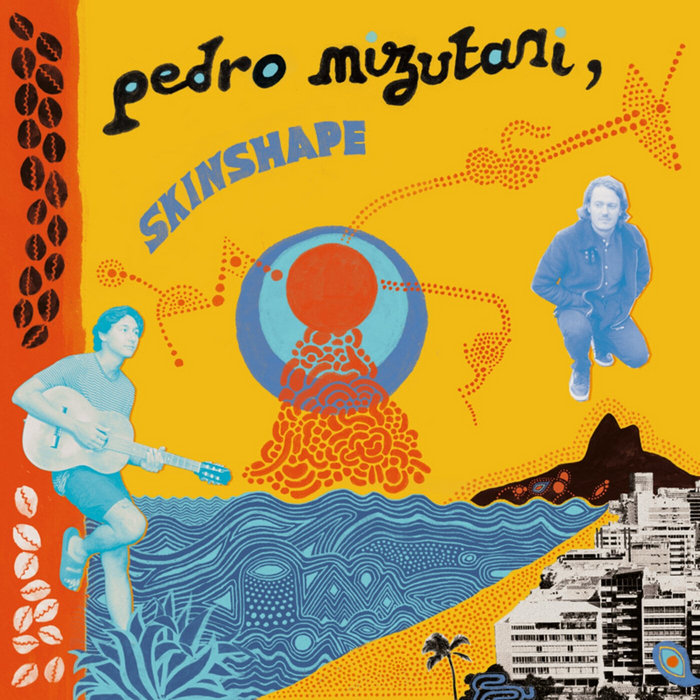
Eu Pensei – Pedro Mizutani, Skinshape

Something Like That? – Skeewiff
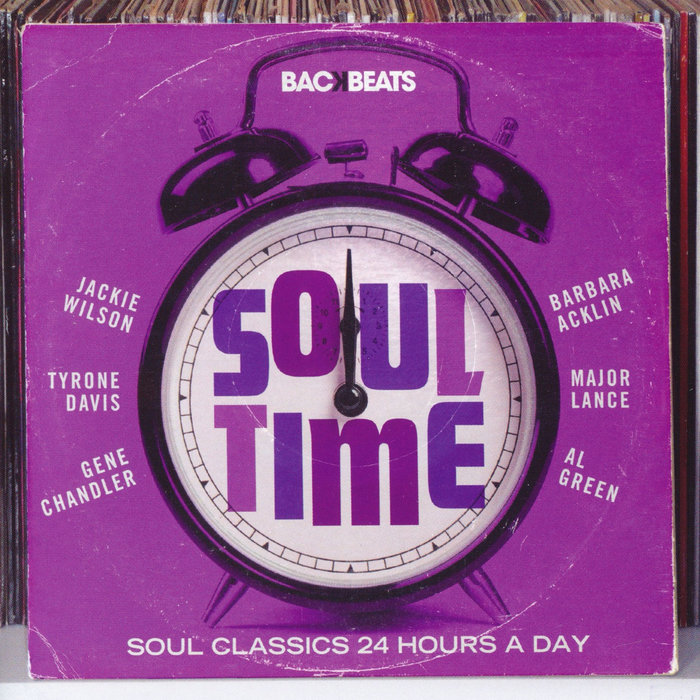
Can I Change My Mind – Tyrone Davis

Golden Lady (Original Album Version) – Jose Feliciano
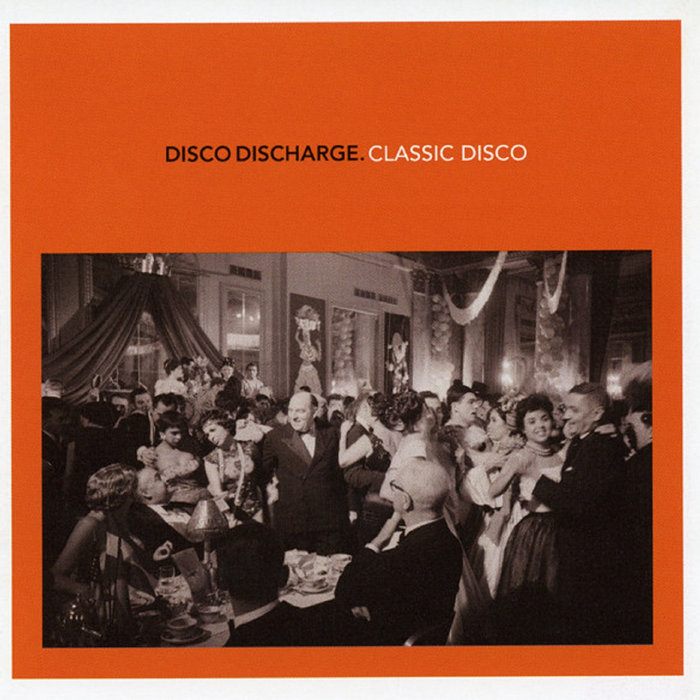
Makes You Blind (Re-edit) – The Glitter Band

Soul Bossanova – Skeewiff
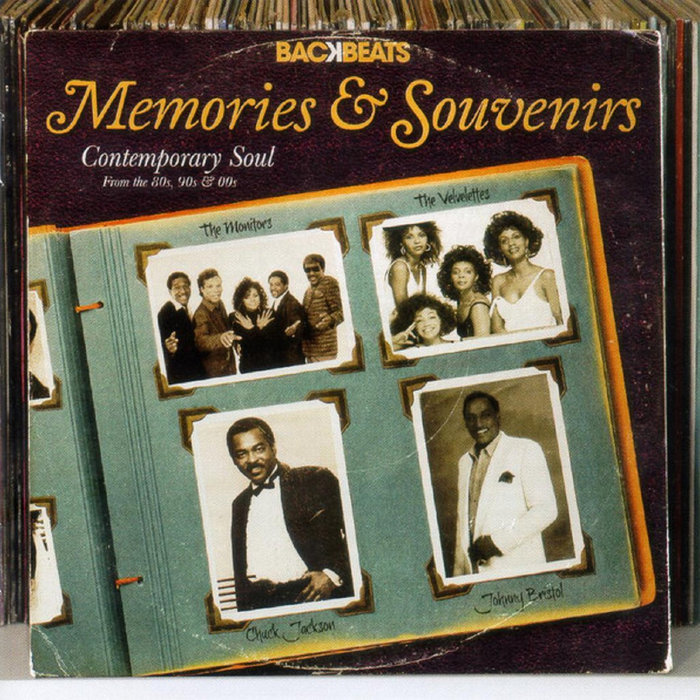
You're Losing Me – Barbara Lynn
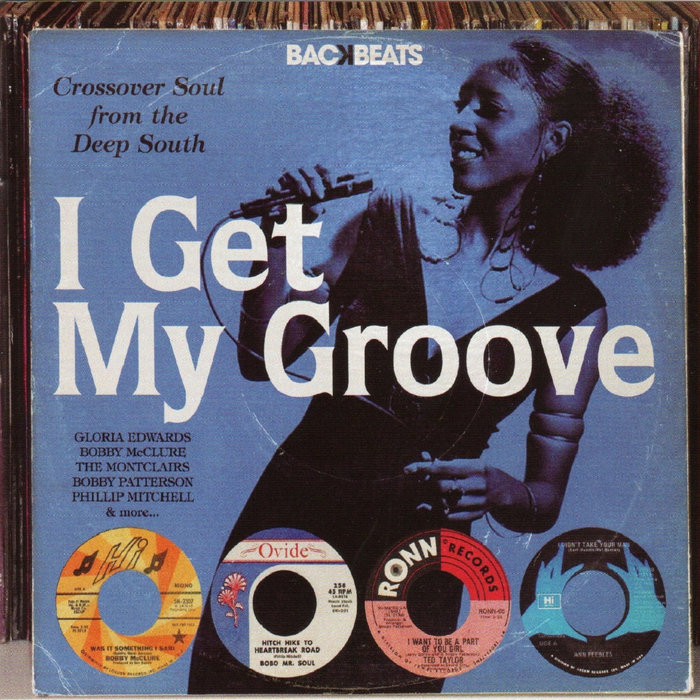
Nice And Easy – Barbara Lynn